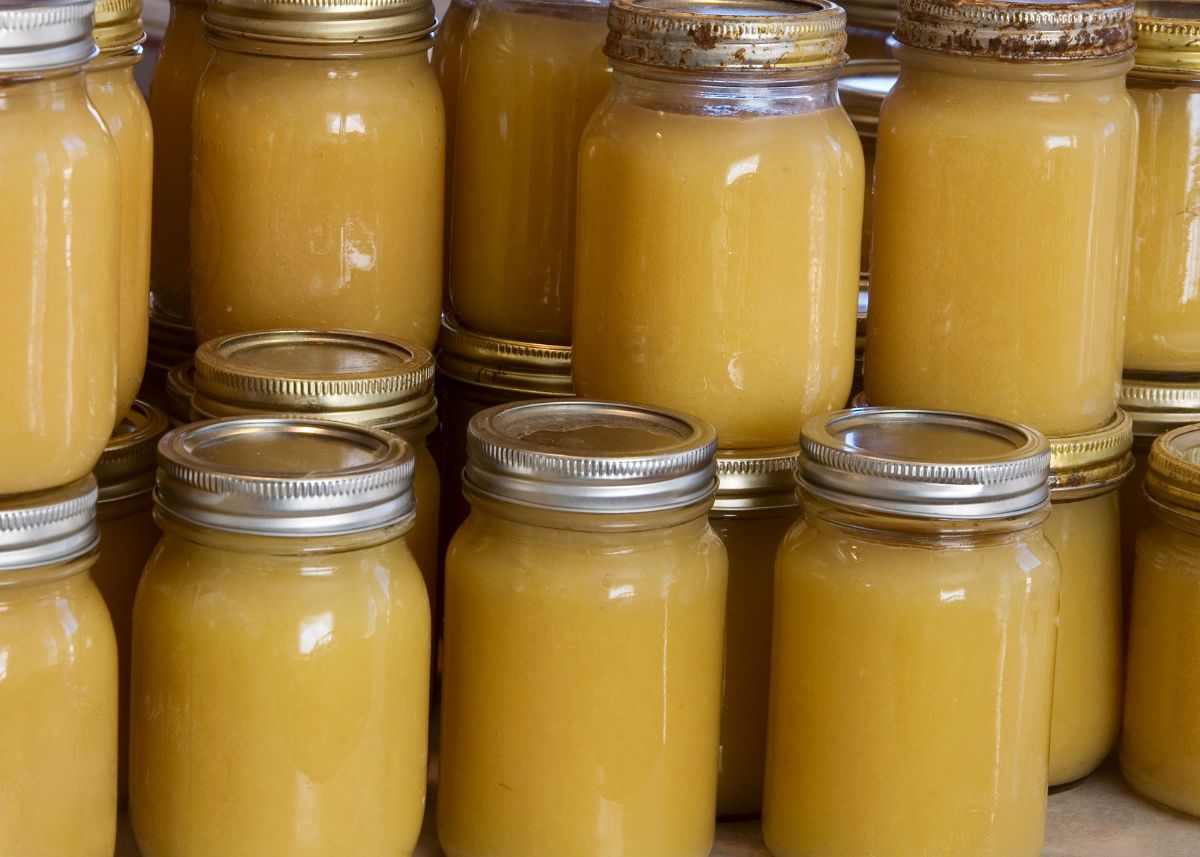

Articles
How To Store Applesauce
Modified: January 18, 2024
Discover helpful articles on how to properly store applesauce and preserve its freshness. Follow these tips to ensure your homemade applesauce stays delicious for longer.
(Many of the links in this article redirect to a specific reviewed product. Your purchase of these products through affiliate links helps to generate commission for Storables.com, at no extra cost. Learn more)
Introduction
Welcome to our comprehensive guide on how to store applesauce! Whether you’ve made homemade applesauce or purchased it from a store, knowing how to properly store it is essential to maintain its freshness and flavor.
Applesauce is a versatile and delicious treat that can be enjoyed on its own or used as an ingredient in various recipes. It’s a great way to preserve the abundance of apples during harvest season and enjoy their flavors throughout the year. However, improper storage can lead to spoilage, loss of taste, and potential health risks.
In this guide, we will walk you through the steps of choosing the right apples, preparing the applesauce, and storing it properly. We will also provide tips and tricks for maintaining its quality and extending its shelf life. So let’s dive in!
Key Takeaways:
- Properly storing applesauce is essential for maintaining its freshness and flavor, whether homemade or store-bought. From choosing the right apples to refrigerating, freezing, or canning, proper storage methods ensure year-round enjoyment.
- Experiment with different apple varieties and storage methods to find the perfect balance of sweetness and texture in your applesauce. Whether refrigerating, freezing, or canning, maintaining proper hygiene and storage conditions is key to preserving its deliciousness.
Read more: How To Store Homemade Applesauce
Choosing Apples
When it comes to making applesauce, choosing the right apples is crucial. Different apple varieties have varying levels of sweetness, acidity, and texture, which can directly impact the taste and consistency of your applesauce.
Here are a few pointers to keep in mind when selecting apples for your homemade applesauce:
- Variety: Look for apples that are known for their soft texture, such as McIntosh, Golden Delicious, or Jonathan. These varieties break down easily during cooking, resulting in a smoother applesauce.
- Ripeness: Opt for fully ripe apples. Overly ripe and mushy apples may affect the texture of the applesauce, while underripe apples may not have enough natural sweetness.
- Flavor: Consider the flavor profile you prefer in your applesauce. Some varieties, like Granny Smith, have a tart taste, while others, like Gala or Fuji, are sweeter. You can mix and match different apple varieties to achieve the flavor balance you desire.
- Organic vs. Conventional: If possible, choose organic apples to avoid any pesticide residues present on the skin. However, thoroughly washing conventionally grown apples can also remove most of the pesticide residues.
Remember, the choice of apples is subjective and depends on your personal preference. It’s always a good idea to experiment with different varieties to find the taste and texture that you enjoy the most.
Once you’ve selected the perfect apples, it’s time to move on to preparing the applesauce.
Preparing the Apples
Before diving into the cooking process, there are a few important steps to take to ensure your applesauce turns out delicious and smooth:
- Wash and peel the apples: Start by thoroughly washing the apples under cool running water to remove any dirt or debris. If you prefer a chunky texture, you can leave the peel intact. Otherwise, peel the apples using a vegetable peeler or a paring knife.
- Core and seed the apples: Once peeled, remove the core and seeds from the apples. You can use an apple corer or simply cut around the core with a knife.
- Chop the apples: Cut the apples into small, even-sized pieces. This will help them cook more evenly and reduce the cooking time.
- Optional: Add flavorings: If desired, you can enhance the taste of your applesauce by adding spices like cinnamon, nutmeg, or cloves. You can also add a sweetener like sugar or honey, depending on your preference.
Once you’ve prepared the apples, you’re ready to move on to the cooking process. Let’s explore how to cook the applesauce next.
Cooking the Applesauce
Now that you have prepared the apples, it’s time to transform them into delicious applesauce. The cooking process is relatively simple and requires just a few ingredients and tools:
- Ingredients: Prepared apples, water, and optional flavorings such as cinnamon, nutmeg, or sweeteners.
- Tools: A large saucepan or pot, a wooden spoon or spatula, and a blender or food processor (if you prefer a smooth applesauce).
Follow these steps to cook your applesauce:
- Add the apples to the saucepan: Place the prepared apples in a large saucepan or pot.
- Add water: Pour in enough water to cover the bottom of the pan, about 1/4 to 1/2 inch deep. This will prevent the apples from sticking or burning.
- Cook the apples: Set the saucepan over medium heat and bring the water to a simmer. Stir the apples occasionally to ensure even cooking. You can cover the saucepan with a lid to retain moisture.
- Simmer until soft: Cook the apples until they are soft and easily mashable with a fork. The cooking time will vary depending on the type and ripeness of the apples. It usually takes around 15-20 minutes.
- Mash or blend: Once the apples are soft, you can choose to mash them with a fork or potato masher for a chunky applesauce. If you prefer a smoother texture, transfer the cooked apples to a blender or food processor and blend until smooth.
- Add flavorings: If desired, this is the time to add in your preferred spices or sweeteners. Stir well to incorporate the flavors.
Once your applesauce is cooked and flavored, it’s essential to store it properly to maintain its freshness and quality. Let’s delve into the various storage methods for homemade applesauce and store-bought options.
Storing Homemade Applesauce
After you’ve finished making your delicious homemade applesauce, it’s important to store it properly to maximize its shelf life and maintain its taste and freshness. Here are a few methods for storing homemade applesauce:
- Refrigeration: If you plan to consume the applesauce within a week, storing it in the refrigerator is a convenient option. Transfer the cooled applesauce into airtight containers or jars and place them in the refrigerator. Homemade applesauce can typically stay fresh in the fridge for up to 1 week.
- Freezing: Freezing is an excellent option for long-term storage. Allow the homemade applesauce to cool and transfer it to freezer-safe containers or freezer bags. Make sure to leave some headspace to allow for expansion. Label the containers with the date and freeze them. Frozen applesauce can retain its quality for up to 6 months.
- Canning: If you’re interested in preserving large batches of applesauce, canning is a great method. Follow proper canning techniques and use sterilized jars to store the applesauce. Canned applesauce can last for up to a year when stored in a cool, dark pantry.
Regardless of the storage method, always remember to use clean and sterilized containers to prevent contamination and spoilage. Avoid storing applesauce in containers that are cracked or have damaged seals, as this can lead to air exposure and accelerated spoilage.
It’s worth mentioning that homemade applesauce may undergo slight changes in texture and color over time. This is normal and doesn’t necessarily indicate spoilage. If you notice any unusual or unpleasant odors, mold growth, or signs of spoilage, discard the applesauce to ensure your safety.
Now that you know how to store homemade applesauce, let’s explore the storage options for store-bought applesauce.
Store applesauce in an airtight container in the refrigerator for up to 10 days. For longer storage, freeze in a freezer-safe container for up to 6 months. Be sure to leave some room at the top of the container for expansion.
Freezing Applesauce
Freezing is an excellent method for preserving applesauce, whether it’s homemade or store-bought. Freezing can extend the shelf life of your applesauce for several months, allowing you to enjoy it fresh even during off-seasons. Here’s how to freeze applesauce:
- Cool the applesauce: Allow the applesauce to cool completely before freezing. This will help maintain its quality and prevent ice crystals from forming during the freezing process.
- Choose freezer-safe containers: Select containers that are specifically designed for freezing. Opt for airtight containers or freezer bags that are sturdy and can withstand freezing temperatures.
- Portion the applesauce: Divide the applesauce into smaller portions according to your needs. It’s best to freeze in individual servings or small batches for convenient thawing later.
- Pack and seal: Fill the chosen freezer-safe containers with applesauce, leaving some headspace to allow for expansion during freezing. Seal the containers tightly to prevent air and moisture from entering.
- Label and date: Properly label each container with the date of freezing. This will help you keep track of its freshness and ensure you prioritize using the oldest batches first.
- Freeze: Place the sealed containers in the freezer, ensuring they are placed in a flat position to freeze evenly and prevent leakage. Ideally, keep the temperature in the freezer at or below 0°F (-18°C).
By following these steps, your applesauce should remain fresh and flavorful in the freezer for up to 6 months. However, note that freezing can slightly alter the texture of the applesauce, making it slightly softer or grainier once thawed. It’s still perfectly safe to consume and can be used in various recipes or enjoyed on its own.
When you’re ready to use the frozen applesauce, simply remove the desired amount from the freezer and thaw it in the refrigerator overnight. Once thawed, give it a good stir to recombine any separated liquids before enjoying.
Now that you know how to freeze applesauce, let’s explore another popular storage method – canning.
Canning Applesauce
Canning is a popular method for preserving applesauce, offering a shelf-stable option that can last for up to a year when properly sealed and stored. Canned applesauce retains its freshness, flavor, and texture, making it a convenient option for long-term storage. Follow these steps to can your applesauce:
- Prepare the canning equipment: Gather all the necessary canning equipment, including canning jars, lids, bands, a water bath canner, a canning funnel, and a jar lifter. Ensure that the jars and lids are clean and free from any cracks or imperfections.
- Wash and sterilize the jars: Wash the canning jars, lids, and bands with hot, soapy water. Rinse them thoroughly, then sterilize them by placing them in a pot of boiling water for a few minutes. Alternatively, you can run them through a dishwasher cycle with high heat to sterilize.
- Cook the applesauce: Prepare the applesauce as you normally would, adding any desired flavorings. Ensure that the applesauce is hot and ready to be canned.
- Fill the jars: Using a canning funnel, carefully ladle the hot applesauce into the sterilized jars, leaving about 1/4 to 1/2 inch of headspace. This headspace allows for proper sealing and expansion during the canning process.
- Remove air bubbles: Use a non-metallic utensil, such as a plastic spatula or bubble remover tool, to remove any air bubbles trapped in the applesauce. Gently press the spatula along the sides of the jars to release them.
- Wipe the jar rims: Ensure that the jar rims are clean and free from any residue or applesauce. Use a clean, damp cloth or paper towel to wipe the rims to ensure a proper seal.
- Apply lids and bands: Place the sterilized lids on top of the jars, making sure the rubber sealing compound is in direct contact with the rim. Screw the bands onto the jars until they are fingertip tight, ensuring they are not overly tightened.
- Process in a water bath canner: Place the filled and sealed jars into a water bath canner, making sure they are fully submerged. Process the jars according to the recommended processing time for applesauce, usually around 15-20 minutes.
- Remove and cool: After the processing time is complete, carefully remove the jars from the water bath canner using a jar lifter. Place them on a clean towel or cooling rack and let them cool completely.
- Check for proper sealing: Once the jars have cooled, check for proper sealing by pressing the center of each lid. If the lid is firm and does not flex or make a popping sound, it is properly sealed. Any unsealed jars should be refrigerated and consumed within a few days.
- Store and label: Store the properly sealed jars in a cool, dark place, such as a pantry or cellar, for up to a year. Make sure to label the jars with the date of canning for reference.
Canned applesauce can be enjoyed on its own, used in recipes, or given as homemade gifts. Remember to always check the seal and quality of the applesauce before consuming.
Now that you’re familiar with the canning process for applesauce, let’s move on to the storage considerations for store-bought applesauce.
Storing Store-Bought Applesauce
Store-bought applesauce is a convenient option for those who don’t have the time or resources to make homemade applesauce. While it typically comes in sealed containers that are shelf-stable, proper storage is still important to maintain its quality and freshness. Here are some tips for storing store-bought applesauce:
- Check the expiration date: Before purchasing store-bought applesauce, always check the expiration date on the packaging. Ensure that the product has sufficient shelf life remaining before you plan to consume it.
- Refrigeration after opening: Once you’ve opened a jar or container of store-bought applesauce, it’s important to refrigerate any unused portion. Transfer the applesauce to an airtight container if necessary and store it in the refrigerator.
- Follow package instructions: Different brands may have varying storage instructions, so it’s essential to read and follow the package instructions for storing the applesauce.
- Use clean utensils: When scooping out applesauce from the jar, ensure that you use clean utensils to prevent any cross-contamination. This will help maintain the freshness and quality of the remaining applesauce.
- Avoid exposure to air: To prevent spoilage, make sure to seal the jar or container tightly after each use. Exposure to air can lead to the growth of bacteria and mold, affecting the taste and safety of the applesauce.
It’s important to note that opened store-bought applesauce may have a shorter shelf life compared to unopened containers. Always check for any changes in odor, appearance, or texture before consuming the applesauce. If you notice any signs of spoilage, such as mold growth or an off smell, it’s best to discard the product.
By following these guidelines, you can enjoy store-bought applesauce while ensuring its maximum freshness and flavor.
Now that we’ve covered the storage methods for both homemade and store-bought applesauce, let’s explore some additional tips and tricks for proper storage.
Tips and Tricks for Proper Storage
Proper storage is essential for maintaining the freshness, flavor, and quality of your applesauce, whether it’s homemade or store-bought. Here are some additional tips and tricks to ensure proper storage:
- Use airtight containers: Whether you’re storing homemade or store-bought applesauce, always use airtight containers or jars to prevent air exposure and maintain freshness.
- Label and date: It’s important to label each container or jar with the date of preparation or purchase. This will help you keep track of freshness and prioritize using the oldest batches first.
- Store in a cool, dark place: Applesauce is best stored in a cool, dark area, such as a pantry or cellar. Exposure to heat, light, and moisture can affect its shelf life and quality.
- Avoid temperature fluctuations: Maintain a consistent temperature for your stored applesauce. Avoid placing it near heat sources or in areas prone to temperature fluctuations, such as near ovens or windows.
- Rotate your stock: If you have multiple jars or containers of applesauce, rotate your stock by using the oldest ones first. This will help prevent waste and ensure you’re always consuming the freshest applesauce available.
- Practice good hygiene: When handling applesauce, always use clean utensils to prevent cross-contamination. Make sure to wash your hands thoroughly before handling the applesauce as well.
- Regularly inspect for spoilage: Whether it’s homemade or store-bought, regularly inspect your applesauce for any signs of spoilage. This includes mold growth, off odors, abnormal colors, or changes in texture. If in doubt, it’s best to discard the applesauce.
By following these tips and tricks, you can ensure that your applesauce stays fresh, flavorful, and safe to consume for an extended period. Whether you choose to refrigerate, freeze, or can your applesauce, proper storage practices will help maintain its quality.
Now that you have all the knowledge you need to store your applesauce properly, you can enjoy this delightful treat throughout the year. With the right storage methods, you can savor the natural sweetness and tanginess of applesauce in various recipes or enjoy it as a standalone snack.
Remember, experimentation is key, so feel free to tweak recipes, add your own flavors, and find storage methods that work best for your needs. Happy applesauce storage!
Read more: How To Store Basil From Store
Conclusion
Properly storing applesauce is crucial for maintaining its freshness, flavor, and quality. Whether you’ve made homemade applesauce or purchased it from a store, understanding the right storage methods can ensure that you can enjoy this delicious treat for an extended period.
When it comes to homemade applesauce, choosing the right apples and properly preparing and cooking them are essential steps. Once your applesauce is ready, you have the option to refrigerate, freeze, or can it for long-term storage. Refrigeration is suitable for short-term consumption, while freezing and canning provide longer shelf life.
If you’re working with store-bought applesauce, follow the package instructions for proper storage. After opening, refrigerate any unused portion and ensure the jar is tightly sealed to prevent spoilage.
Remember to use clean and airtight containers, label and date your applesauce, and store it in a cool, dark place for optimal results. Regularly inspect the applesauce for signs of spoilage and discard any that appears abnormal.
By following these guidelines and implementing tips and tricks for proper storage, you can enjoy the natural sweetness and flavors of applesauce throughout the year. Whether you enjoy it on its own, use it in recipes, or gift it to others, properly stored applesauce will always bring delight to your taste buds.
So, take advantage of the abundance of apples during harvest season and preserve their goodness with these storage techniques. With your homemade or store-bought applesauce safely stored away, you’ll always have a comforting and versatile treat at your fingertips.
Now it’s time to explore the world of applesauce storage and start reaping the benefits of this delicious fruit. Happy storing!
Frequently Asked Questions about How To Store Applesauce
Was this page helpful?
At Storables.com, we guarantee accurate and reliable information. Our content, validated by Expert Board Contributors, is crafted following stringent Editorial Policies. We're committed to providing you with well-researched, expert-backed insights for all your informational needs.



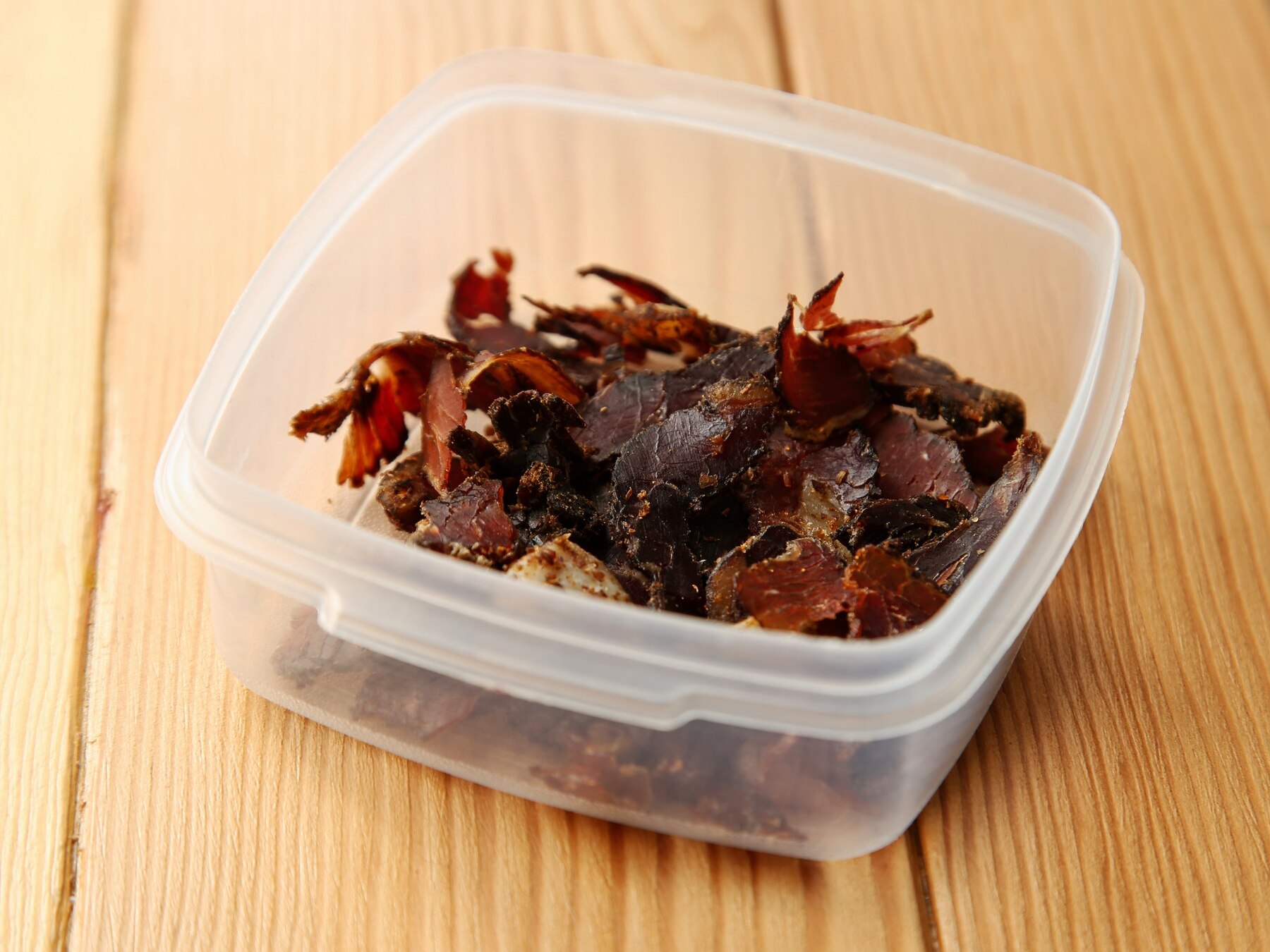
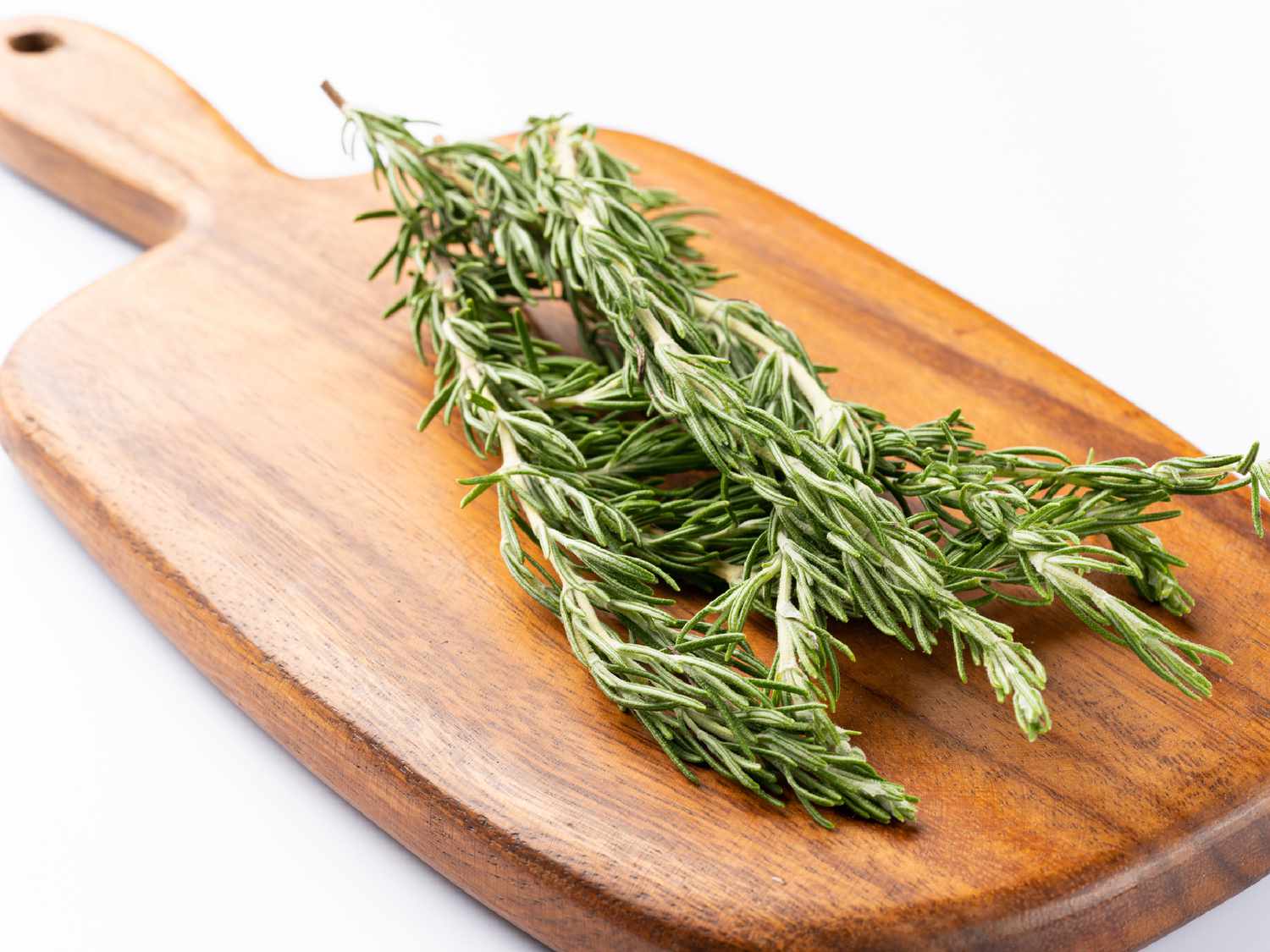
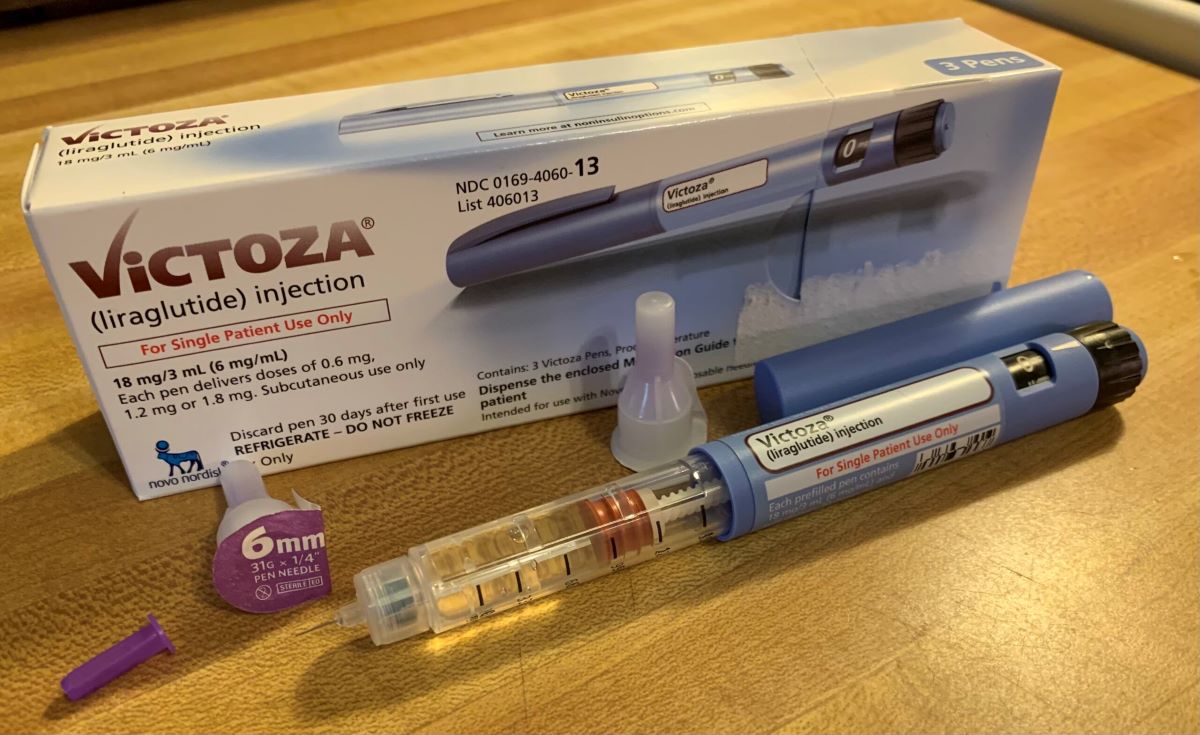

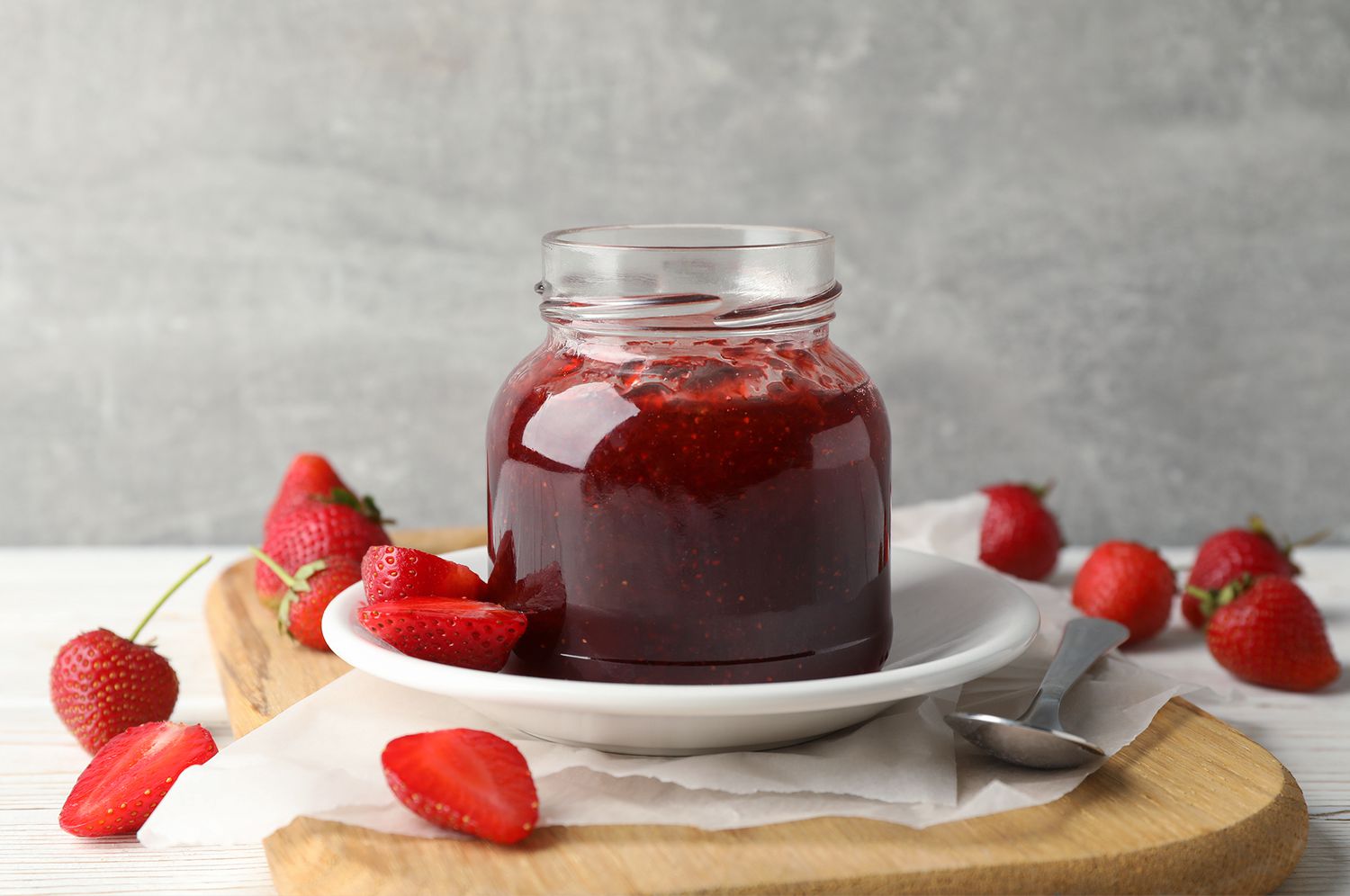
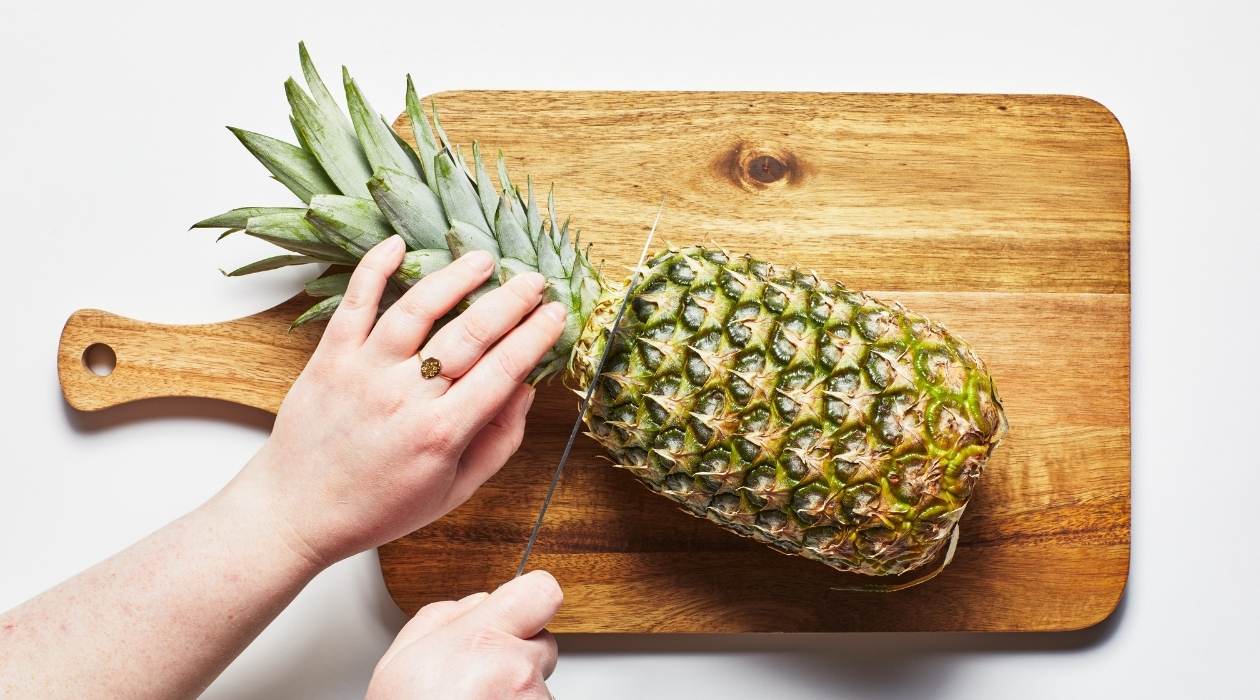



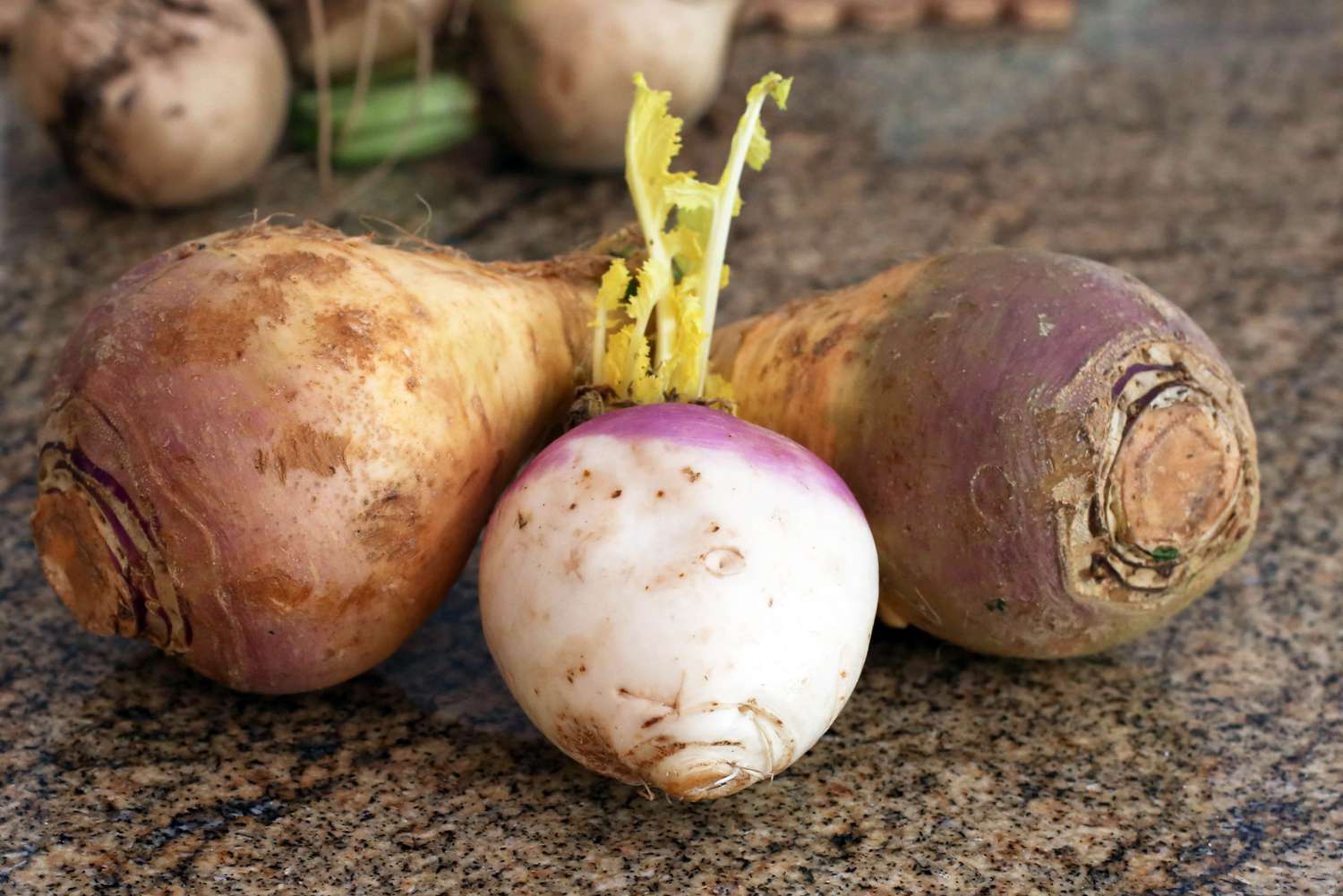

0 thoughts on “How To Store Applesauce”